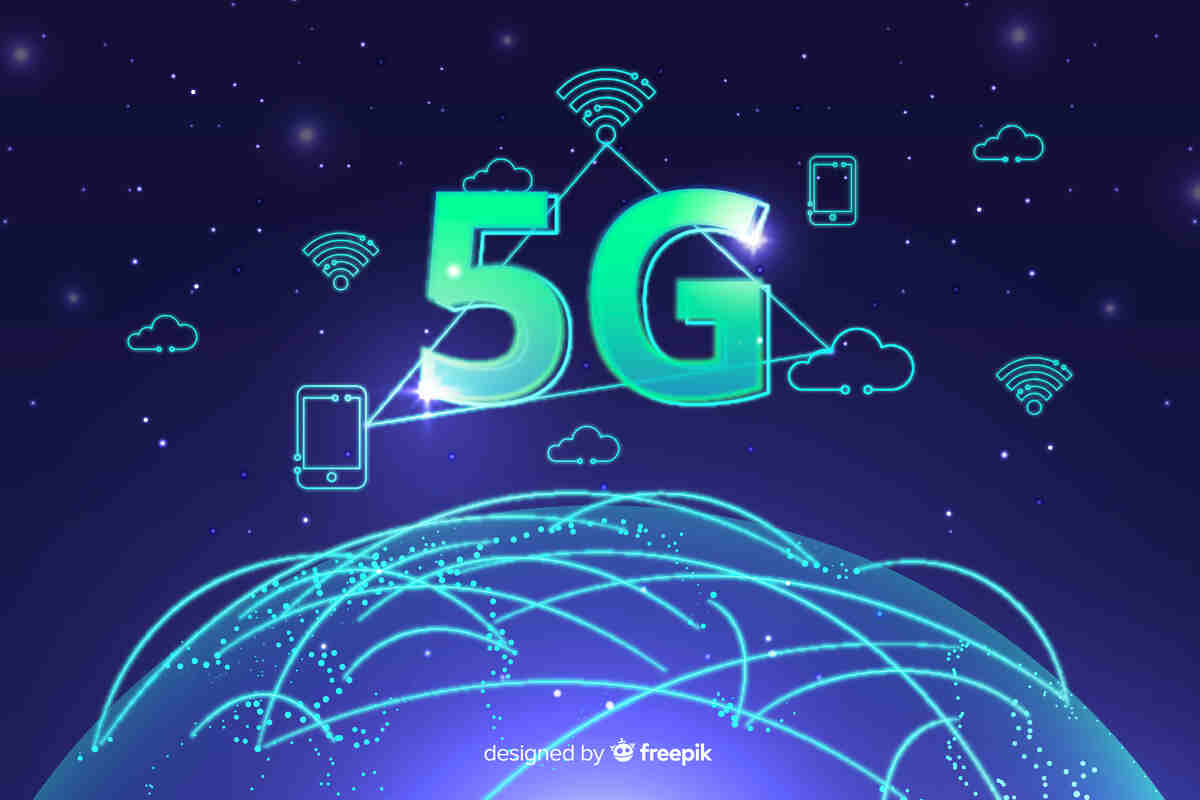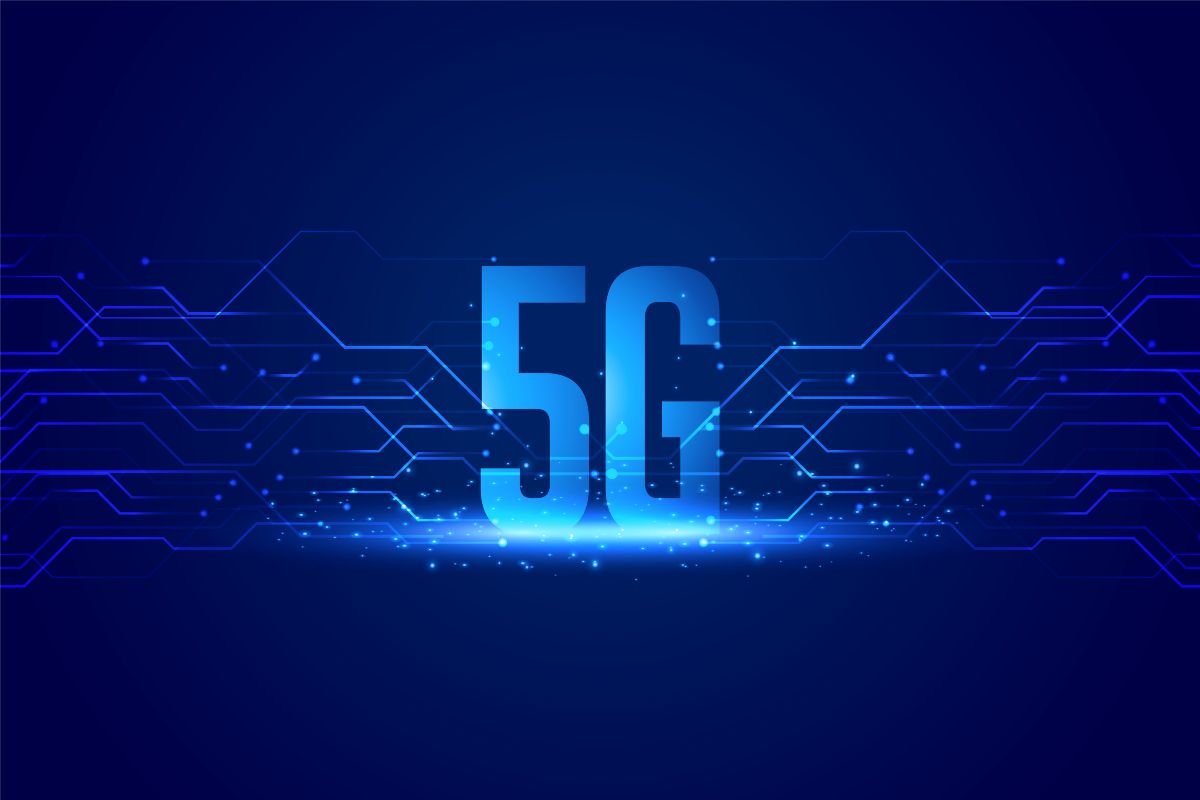In the fast-evolving world of wireless technology, 5G has revolutionized connectivity with faster speeds and lower latency. But not all 5G is the same—some networks, like 5G vs 5G Ultra Wideband (UWB), offer even greater performance. If you’re wondering what the difference between 5G vs 5G Ultra Wideband is, this guide breaks it down in simple terms while covering coverage, speed, real-world use cases, and future potential.
What Is 5G?
5G is the fifth era of wireless technology, succeeding 4G LTE. Introduced in 2019, it delivers:
- Faster speeds (up to 10 Gbps in ideal conditions)
- Lower latency (as little as 1ms)
- Better support for IoT devices (smart homes, autonomous cars)
Unlike previous networks, 5G operates across multiple frequency bands, each with unique strengths.
5G vs. 5G Ultra Wideband: Key Differences
| Feature | 5G Nationwide | 5G Ultra Wideband (UWB) |
|---|---|---|
| Speed | 50-250 Mbps | 1-3 Gbps+ (Verizon claims up to 4 Gbps) |
| Coverage | Wide (rural/suburban) | Limited (urban hotspots, stadiums) |
| Frequency | Low-band, C-band | mmWave, C-band |
| Latency | 30-50ms | Under 10ms |
| Best For | Everyday browsing, calls | 4K streaming, AR/VR, gaming |
1. Coverage: Wide vs. Focused
- 5G Nationwide uses low-band and C-band frequencies, providing broader coverage (even in rural areas) but at slower speeds.
- 5G UWB relies on mmWave and C-band, offering blazing-fast speeds only in dense urban areas (e.g., city centres, airports).
Example: If you’re in a small town, you’ll likely get 5G Nationwide, while 5G UWB shines in places like NYC or LA.
2. Speed: Fast vs. Ultra-Fast
- 5G Nationwide is 2-4x faster than 4G LTE but can’t match UWB.
- 5G UWB reaches multi-gigabit speeds, ideal for 8K streaming, cloud gaming, and large downloads.
Real-World Test: In a speed test, 5G UWB hit 2.8 Gbps, while 5G Nationwide averaged 150 Mbps (Source: PCMag, 2023).
3. Device Compatibility
- Most new 5G phones support both networks, but older devices may not access mmWave (UWB).
- Check your phone’s specs—iPhone 12+ and flagship Androids typically support UWB.
Which Should You Choose?
✔ Pick 5G Nationwide if:
- You travel frequently (better rural coverage).
- You mainly browse and stream HD video or video calls.
✔ Pick 5G Ultra Wideband if:
- You live/work in a major city.
- You need lag-free gaming, VR, or instant 4K downloads.
Future of 5G: What’s Next?

- Expanding UWB Coverage (Verizon aims to cover 200M+ people by 2025).
- 6G Research is already underway (expected by 2030).
- More IoT & Smart City Integration (self-driving cars, AI-powered networks).
Conclusion
While 5G Nationwide ensures reliable, widespread connectivity, 5G vs 5G Ultra Wideband is the speed king—perfect for data-heavy tasks. As coverage improves, UWB could become the new standard.



